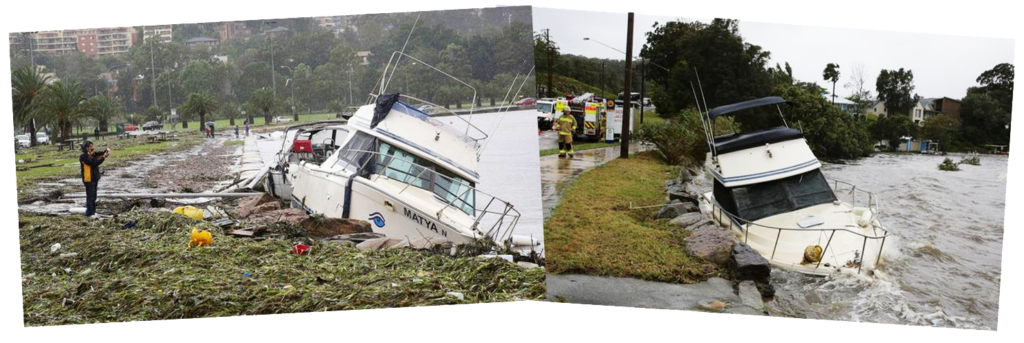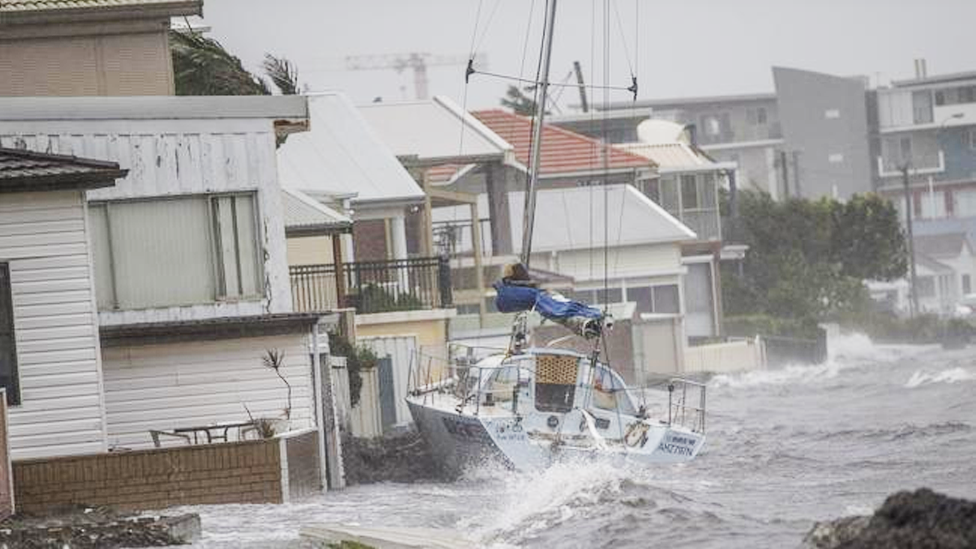In a boating emergency, radio Channel 16 on VHF, or ring Triple Zero (000)
A much more informative, detailed and compelling history of the Central Coast Coastal Patrol – as painstakingly researched and compiled by former Unit Commander Ron Cole – can be read here: https://centralcoast.marinerescuensw.com.au/history/
The magnificent Brisbane Water has always captivated an assortment of boat owners and land lovers to our shores and waterways.
During the early 1970s local and visiting boaties often met at the Gosford Aquatic Club on a Friday night to swap ‘nautical tales’ and make plans for the approaching weekend. During one of these gatherings, the vision of a Central Coast Volunteer Coastal Patrol Division was conceived.
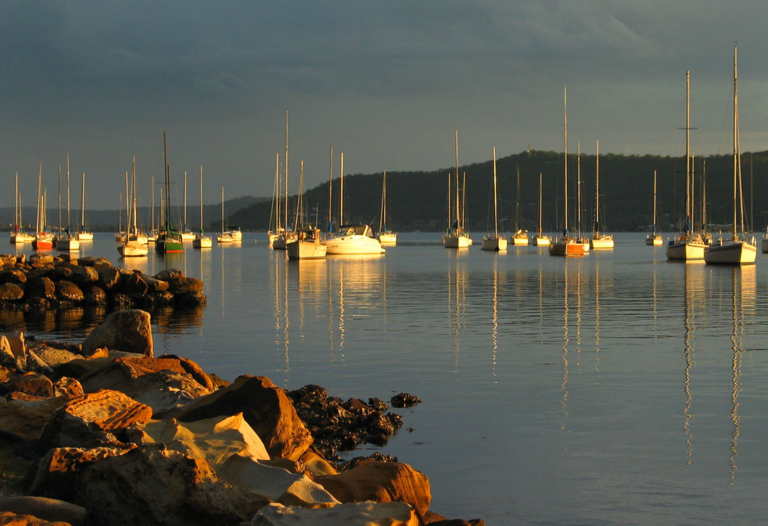

On 14th June, 1971 an advertisement placed in the Central Coast Advocate lured potential new members to a provisional meeting, which began the Central Coast Division under the leadership of Division Skipper Ted Hayes(Division Commander), with Vic McCutcheon appointed as Senior Skipper (Operations Officer).
Foundation members worked hard, and within a few months most of them had obtained their Maritime Services Board boat driver’s licence and Restricted Radiotelephone Operator’s Certificate of Proficiency from the Postal and Telecommunications Department of the Commonwealth Government (radio operator’s licence). They also passed examinations in ‘Seamanship’, ‘Navigation’, and ‘Meteorology’.
The first radio base operated from an old, loaned caravan from a builder’s shed at Caroline Bay. Vic McCutcheon bought the van and donated it to the Division for use as a temporary radio base. It was later set up on Gosford Wharf near the then Aquatic Club and was affectionately known as ‘The Road Runner’ because of the cartoon character painted on its rear.
The radio base caravan was manned from 1200 to 1700 on Saturdays and 0800 to 1700 on Sundays by two operators and was an experimental radio base, boasting one of the biggest registers of active member’s vessels.

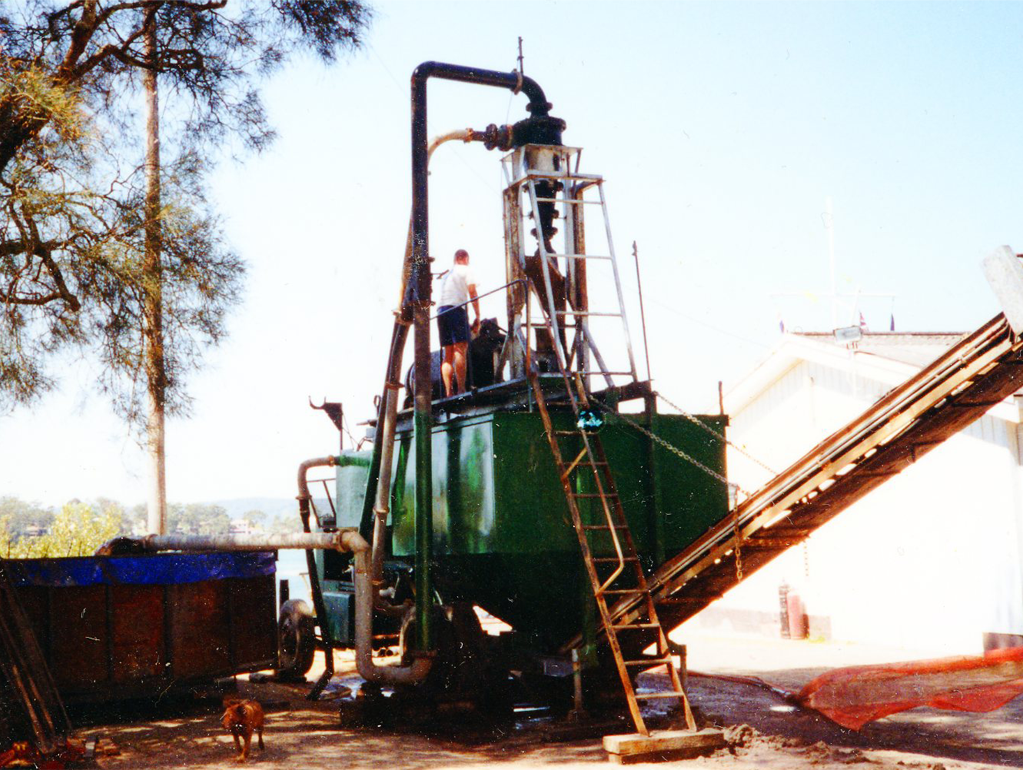

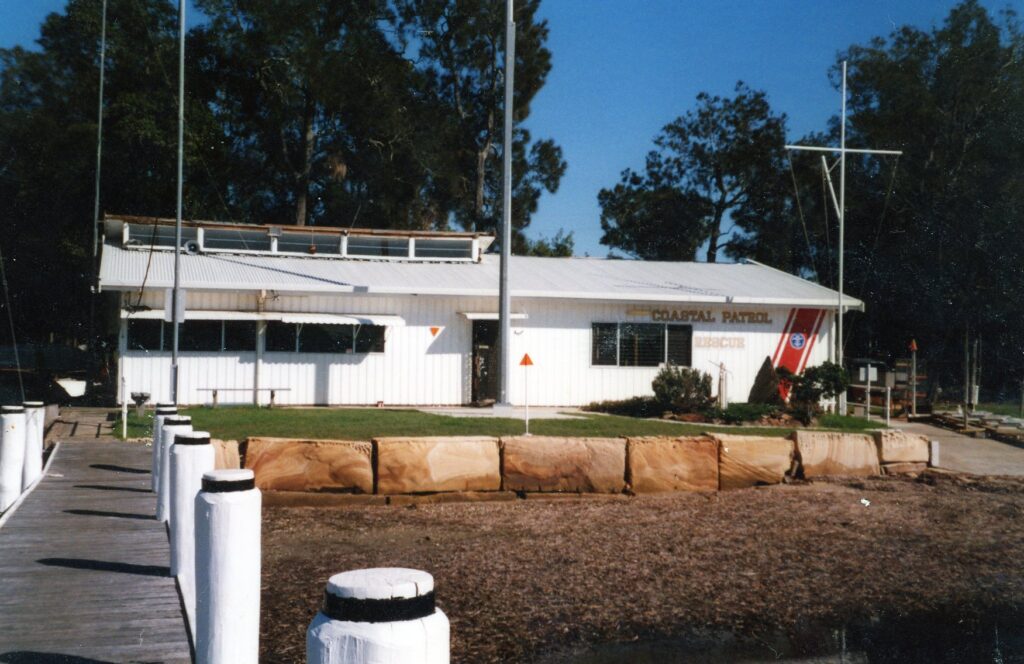
The search for a permanent base was started by Vic McCutcheon about three months after formation of the Division. Following an endless amount of red tape and frustration between federal and local governments, the Prime Minister of the day, Gough Whitlam announced ‘The Red Scheme’ – grants of funds for the construction of volunteer organisation infrastructure. Thanks to some quick work by the local federal member and the Gosford mayor, the Division was granted funding of almost $28,000 towards construction of the base.
A site on Crown Land was found at Point Clare and everything seemed promising.
Division Commander Ron Cole chased down various government grants that enabled the project to be completed.
The base is now the administrative and educational centre of the Division and houses the Division’s principal Marine Radio Base and its Marine Rescue Units. In late 2024, the entire building was demolished by the NSW State Government and replaced with a multi-million-dollar state-of-the-art two-story building.
In 1976 members raised the funds to build the jetty at the Point Clare Base on Brisbane Water, and they also undertook some necessary dredging. The area in front of the Base reduces in depth due to run off and siltation. Twice during our occupancy, the Division has sought help from the NSW Government and Gosford City Council to enable dredging in front of the Base which, over time, remains a problem despite the Division Jetty having been doubled in length from its original 100 feet to 200 feet.
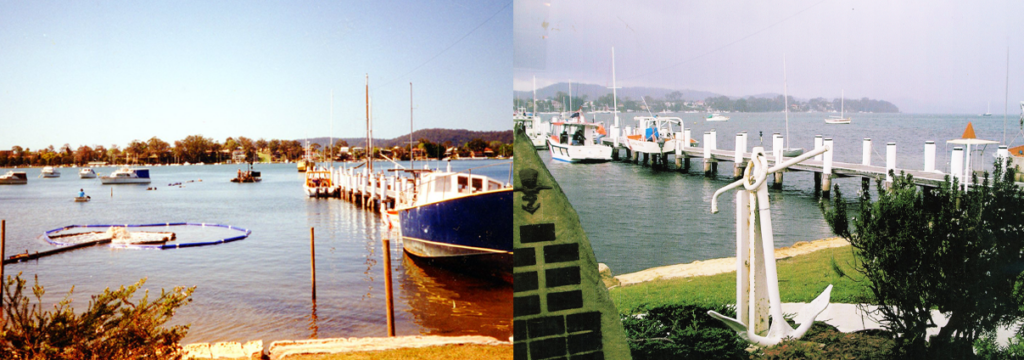

In July 1996, the Terrigal Haven Base – then a part of the Central Coast Unit – was severely damaged by fire. It was initially spotted by patrolling police, who summoned the fire brigade. The fire investigators determined that the seat of the fire was under the radio bench on the front wall. No equipment could be salvaged, with all radios and safety gear destroyed.
The Base was rebuilt with funds from the insurance and extra fundraising and in no small part due to contributions from various sectors of the community. Eighteen months after the devastating fire, the base was re-opened by the Mayor of Gosford Chris Holstein at a ceremony at Terrigal Haven.
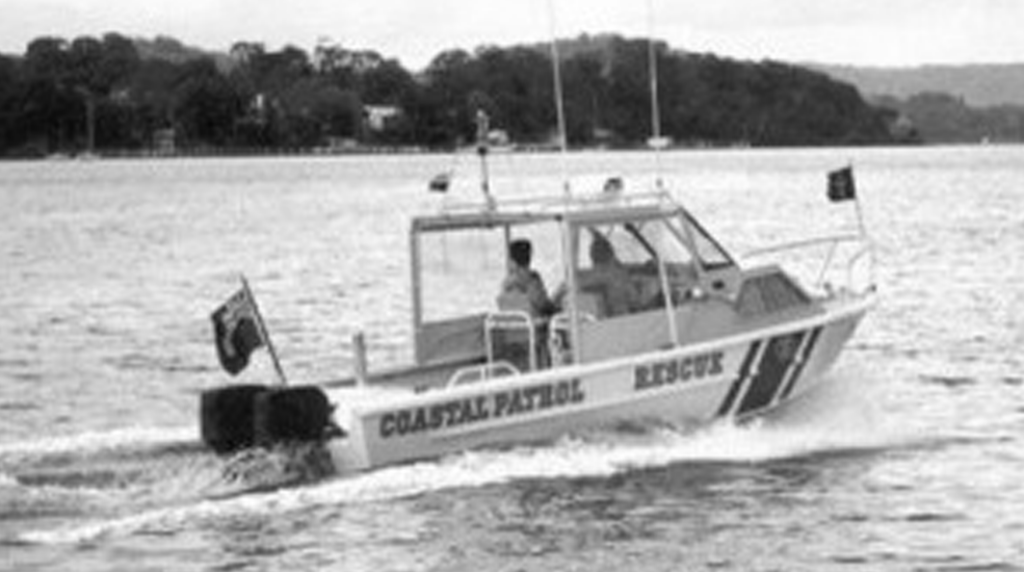
Up until July 1988, members used their own boats and they were deployed to perform operational duties within Brisbane Water whenever needed. The purchase of the Division’s first corporate vessel, a second hand 6.1 De Havilland Trojan finally enabled SAR to be handled by the Patrol’s own lifeboat.
The World War 2 hero ‘Krait’ was restored and maintained by Coastal Patrol. She was based and normally worked out of the Broken Bay Division at Church Point. Her job was to take out interested groups who had undertaken the ‘Sun Safe’ Boating Course. This involved Krait working nearly every weekend and also some weekdays. She was also on stand-by for emergency work such as search and rescue, of which she did her share.
When she visited Brisbane Water she was kept on the wharf of what was then the Gosford Aquatic Club. The Maritime Service Board (MSB) later gave her a permanent mooring in the bay off Tascott.
Krait participated in many Anzac Day services, and sailed the NSW coast on ‘good will’ visits‘
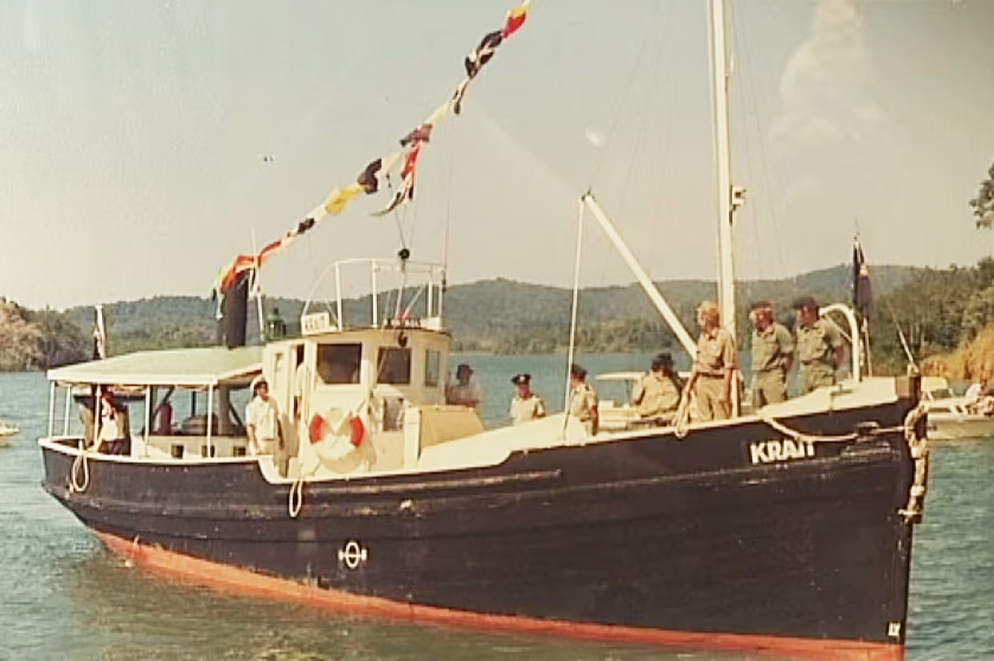

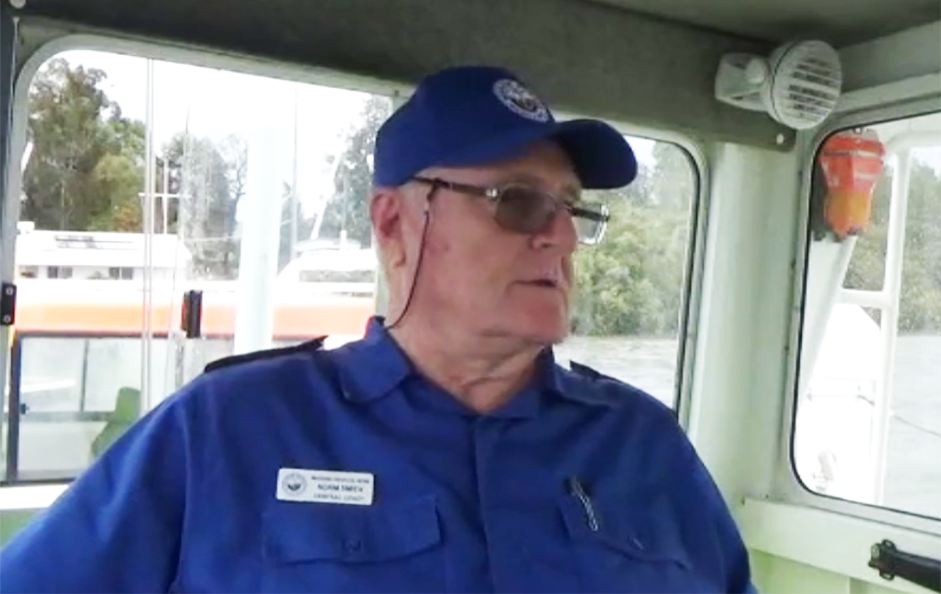
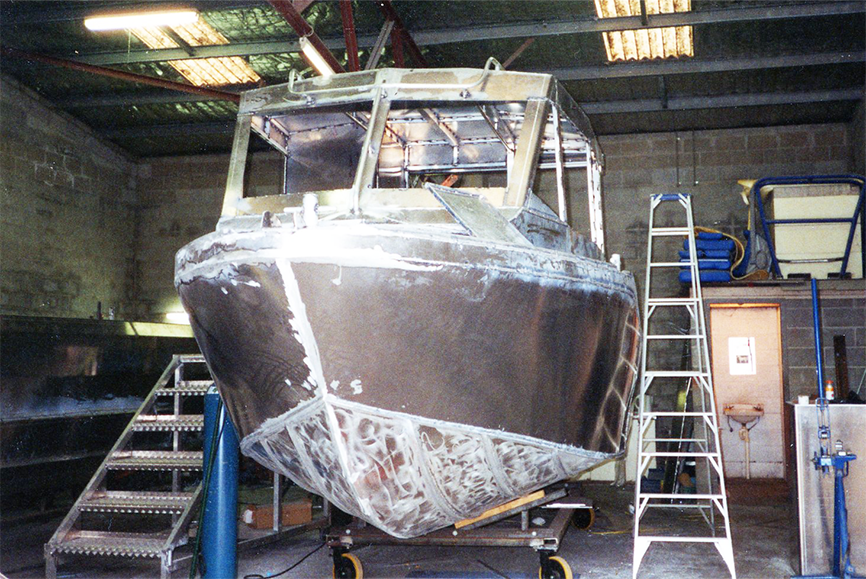

Norm Smith, a member since 1980 and a Division Commander recalls the purchase of the Division’s first corporate vessel from a driveway in Davistown when he went shopping with fellow member Rick Barwell.
They found a 6.1m aluminium De Havilland Trojan with a good basic structure, but which needed many hours hard work before it could become an accredited corporate lifeboat, Centaco 1.
After its purchase, the vessel was taken to Horizon Engineering. When it was returned every strip of paint was removed bringing the boat back to bare aluminium.
Norm said, ‘We worked our fingers to the bone in the strip down operation. ’Modification plans were completed for the cabin specifications, and a working party began the work. It was a great team effort, everybody chipped in over various weekends for over six months’, said Norm.
Norm and Terry (an electrician) then worked on it every afternoon after work, completing all the electrical requirements, such as installing radar, radios, and navigation and towing lights. Norm then rebuilt the trailer.
Centaco 1 was later renamed Hi Torque Rescue in 1995 following a sponsorship arrangement with Hi Torque Marine who provided and serviced two 70HP Johnson outboard engines. The much-loved boat was sold in 2001 as it could not be modified to meet the new standards for State Rescue Board accreditation.
“The old girl has been written off, but she was a great workhorse who never once let us down,” said Norm.
By 1996 the Division had three Marine Rescue Vessels, full details of which can be found in the much more informative, detailed and compelling history of the Central Coast Coastal Patrol, painstakingly researched and compiled by former Unit Commander Ron Cole. It can be read here: https://centralcoast.marinerescuensw.com.au/history/
The Second Mates first formed in 1974, with the primary objective of raising funds to provide necessities for the Central Coast Division. At that time women were not invited to become full members, but they wanted to support their male partners and friends. At many functions Second Mates have been up front and behind the scenes providing tasty meals and refreshments. Donations back to the Division have provided such items as radios, vessel covers, microwave oven, carpet, sewer connection, crockery, chairs, fans, answer machine, new ceiling for the radio room and staff office.
The Second Mates wound up at their last meeting in November, 2002 making a generous donation of two new convertible lounges to the Division. Their contribution over the years has been most appreciated. Of course, women are now welcome to become full members of Marine Rescue NSW, sometimes outperforming their male rivals!
First Woman Commander Pat Fayers was appointed Division Commander in October 2006. Pat continued the Division’s rolling Management Plan. As a result, in 2007 a Brisbane Water lifeboat was commissioned, a 20m mid-fold steel antenna was made operational, and a DA for installation of boat lifts was approved.

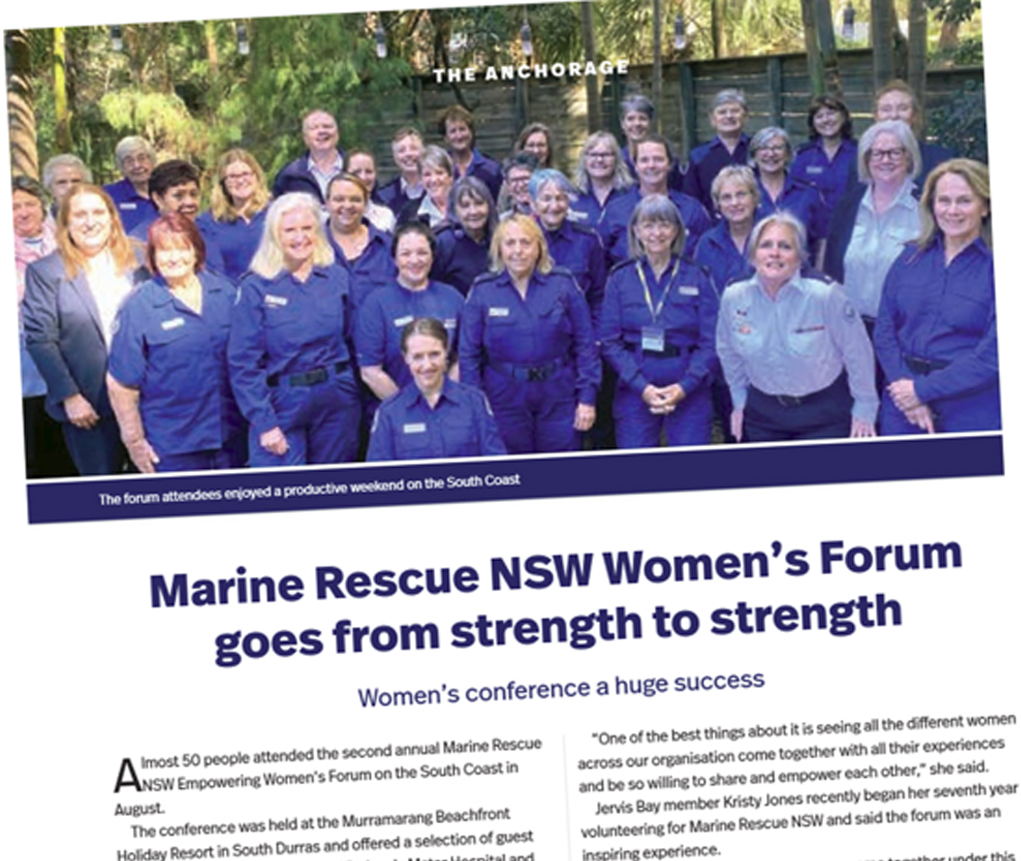
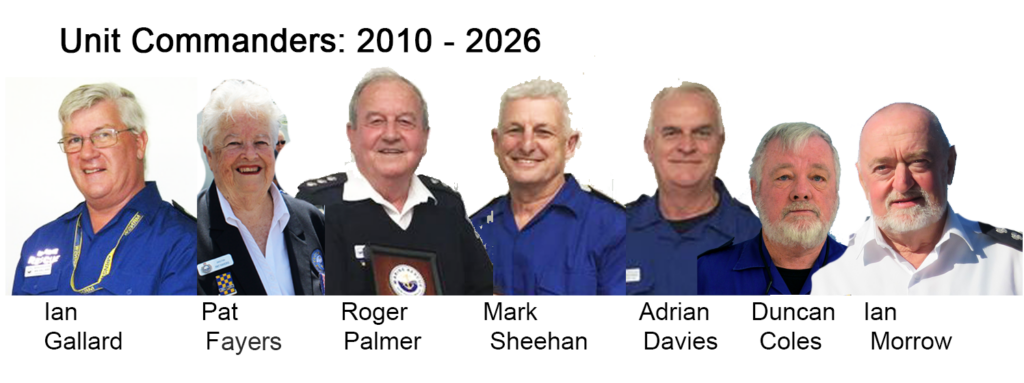
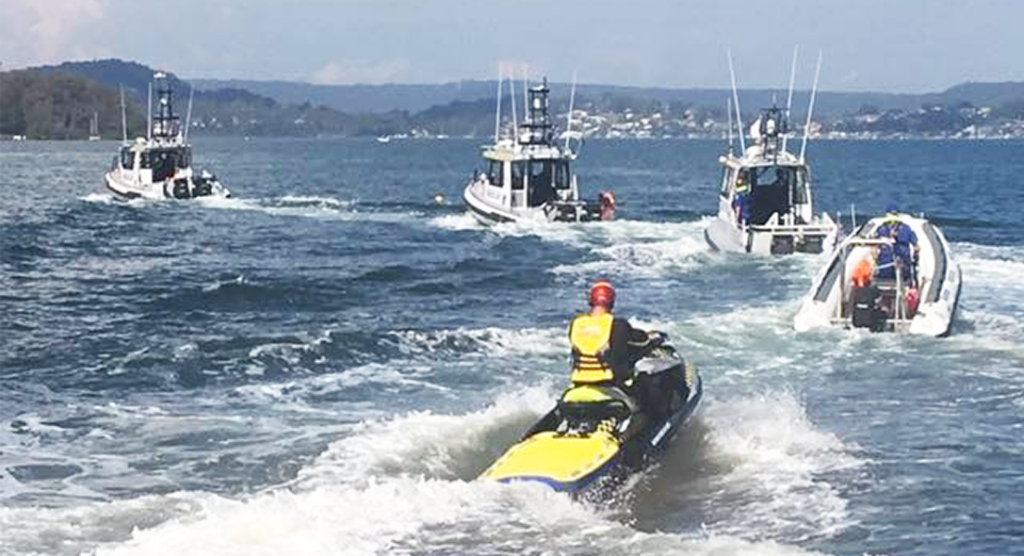
Ian Gallard, who was elected in July 2010, has overseen a very busy and successful term of office with great support from his Executive Officers.
Under Ian’s stewardship, the Unit completed an impressive list of infrastructure improvements, including a solar system to help offset increasing power costs, marine radio and antenna systems upgrades, new computer systems at the Point Clare Base, the installation of Automatic Identification Systems (AIS) in the Unit’s rescue vessels, assisted with the design and installation of safety signage at the eighteen boat ramps on the Central Coast, arranged for the extension of the Unit Jetty and the relocation of the rescue vessel boatlifts to the eastern (deep) end of the Jetty, the erection of a large shed for storage of ground maintenance equipment and the Training Boat and much more.
In June 2012, both UC Ian Gallard and DUC Tony Long had completed 2-year terms and did not stand for re-election. Past Commander Pat Fayers was nominated as UC and Gordon Kimpton was nominated as DUC. Both were elected unopposed. Pat and Gordon commenced their 2-year terms from July 1.
Roger Palmer was elected as Unit Commander of Marine Rescue Central Coast in June 2014.
Months of planning and preparation came to fruition on Saturday 21 February 2015 when MC Ron Cole called on Roger to welcome visitors and guests to a special function to celebrate the naming of two new rescue vessels and the upgrade and refurbishing of another.
Gosford Mayor Chris Holstein acknowledged the dedication and commitment of the Marine Central Coast volunteers, then, to the drone of bagpipes, each vessel was christened with champagne and and the audience raised a toast, firstly to ‘Central Coast 22’ and then to ‘Central Coast 11’.
Commissioner Stacey Tannos spoke on the importance of the Unit’s volunteers and presented CMDR Palmer with framed Commissioning Certificates not only for the two new vessels but also for the renamed and refurbished 7.5m diesel jet vessel now to be named ‘Central Coast 21’. He said ‘Central Coast Unit now has three first class vessels ready and able to provide SAR services to the Central Coast area’.
The long service of four Central Coast members was recognised. Dave Mead and Jim Robertson received MRNSW 10-Year Long Service Awards and Collis Harvey and Ted Leeson were presented with National Medals for 15-year active service in RVCP and MRNSW.
Det Supt Mark Hutchings addressed the crowd, praising the work of Marine Rescue in its support of the Water Police in search and rescue incidents along the entire NSW coast.
Other Unit Commanders that have led the Point Clare based group include Mark Sheehan (2019 – 2020), Adrian Davies (2020), Duncan Coles (2020 – 2022) and Ian Morrow (2022 – 2026).
The Central Coast was one of the areas hit hardest by a super storm, with cyclonic winds downing trees and power poles, sparking mass blackouts. Within 24 hours, more than 80,000 homes were without power phone or both, most for up to six days.
Cyclone category 2 winds of up to 135km/h were recorded at Norah Head as roofs were ripped off and homes destroyed at Avoca and Saratoga. Yachts broke their moorings and were smashed on to the break wall at Gosford Boat Harbour and around the foreshores of Brisbane Water.
Torrential rain whipped up massive seas. Widespread flooding closed roads and schools up and down the coast as residents huddled indoors praying their roofs would withstand the onslaught.
The Marine Rescue Base at Point Clare continued to operate throughout, though not without damage. Part of the base sun awning was destroyed. The very high tides in Brisbane Water, whipped up by the gale force southerly, had waves breaking over the base jetty and some of the jetty decking was broken loose. One mooring pile was broken, the floating pontoon was badly damaged and Central Coast 22 was almost washed off its boatlift.
The members conducted a massive cleanup on the weekend of April 25/26 to remove danger and threat of future problems. Despite the problems, the Unit attended the Anzac Dawn Service at Woy Woy, Central Coast 22 participated, crewed by Peter Alderton, Peter Ashworth, Mitch Giles and Ross Ward. A contingent of sixteen Members in uniform represented the Unit in the Anzac Day March at Woy Woy.
Late Saturday afternoon, April 25, Central Coast 22, crewed by Hunter Leeder, Norm Smith and Chris Sagadevon assisted a disabled 9.0m cruiser during a wild storm with thunder, lightning, rain and hail. The boat was towed to safety at Empire Bay.
